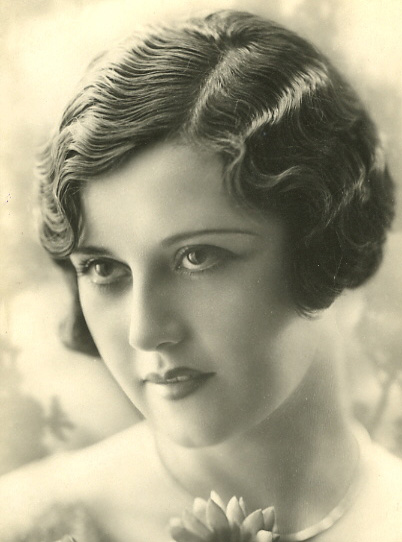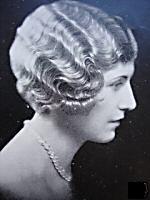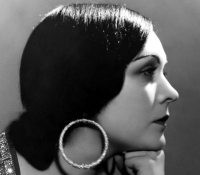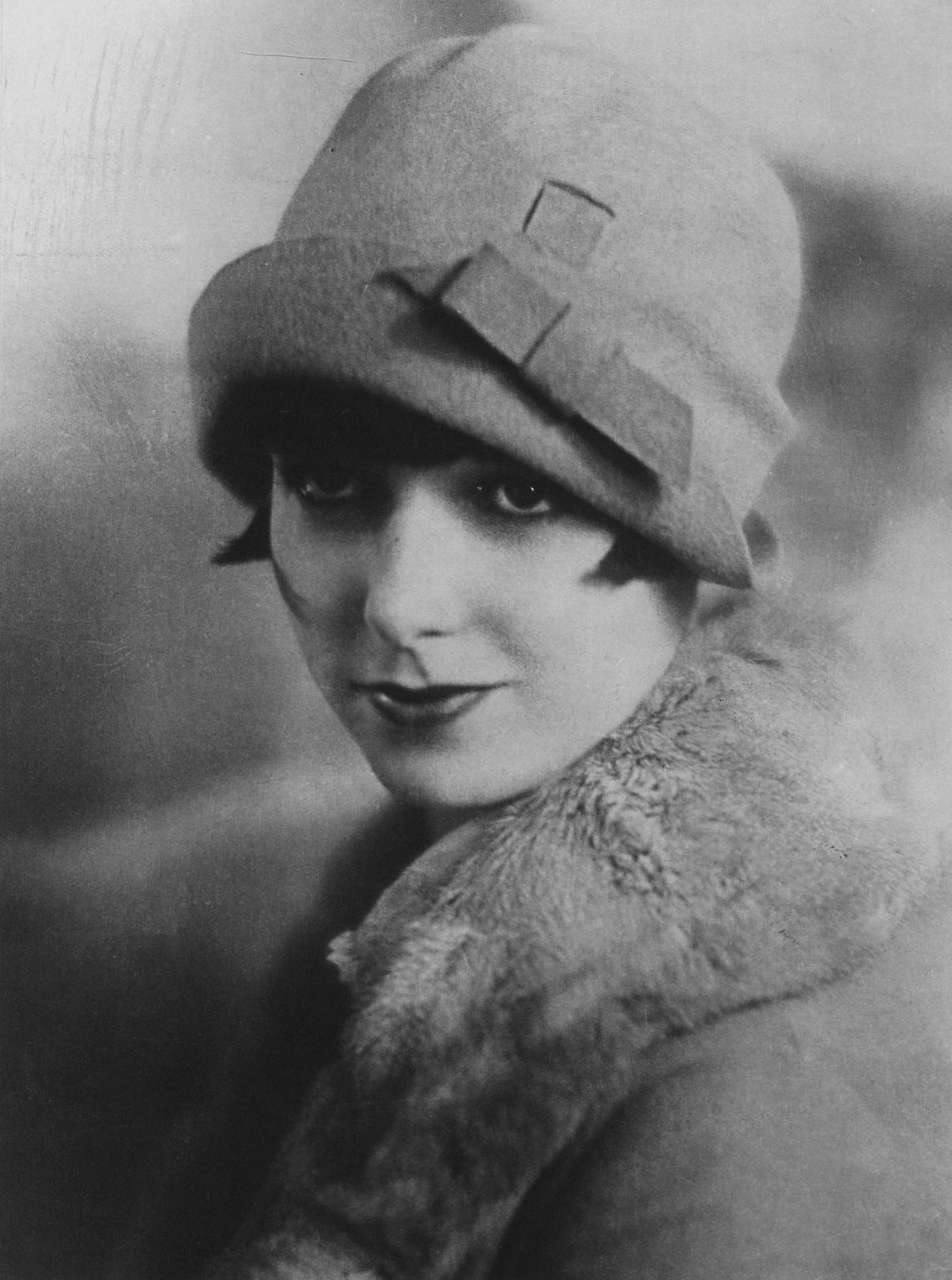Lecture Analysis
The 1920s is such an iconic time in terms of style and a beautiful, empowering time for women as well. Women were beginning to break out of the confinements society had placed upon them. Physically this was shown in the way they changed their clothing: short dresses, short hair, flamboyant accessories, etc. It could also be seen in the way women acted too, more confident and taking on new responsibilities. This week I was intrigued by American, Josephine Baker who was a rising star during this period of time. It is almost like a fictional book or movie how she moves to France and just becomes a superstar.
However, she wasn’t just an entertainment icon, but also an active philanthropist of the 20th century. I admire how she used her power for good rather than her own selfishness. I especially love how she adopted 12 children and raised them to be as powerful as she was, calling them her “Rainbow Tribe”. Josephine Baker is an amazing example, not only to women but to everyone, on what it means to use your resources to spread kindness.
1920s Women’s Fashion
>> It’s not a phase mom!

Fashion in the 1920s was a turning point for women. Up until this point the fashion was long hair and uncomfortable dresses, confining women to a specific view in society. However, in 1915 when fashion forward ballroom dancer, Irene Castle, cut her hair into a bob for the sake of convenience, it empowered women to break out of their shell. Women began to adopt shorter, sac-like dresses and were encouraged to dress and accessorize how they wanted as well. Many people thought this was a disgrace and feared that these women would turn into a scandal.
However, as history shows, the 1920s became an iconic time for women’s fashion.
This time period allowed for women to express themselves in unique ways and pursue confidence. It was a rebellious and liberating reaction to the more serious times. It could also be seen as an outward shift towards androgyny.
The “Bob” Hairstyle
Up until the 20th century, the trend for hair was to grow it long, even if it was simply to be put in an updo. So naturally, when women decided to follow this new shorter hairstyle, it was a serious affair and seen as a loss of femininity. Many hairdressers even refused to cut the bob for women who desired to emulate this style. So women headed to the barbershop to receive the cut and the barbers complied. Though the style was a disgrace to begin with, it became a source of empowerment to many women.
There were various styles of bobs that became popular during this era after the initial shock died down. Some examples featured below:


Finger Waves Bob Eton Crop


Shingle Bob Chignon Bob (fake bob for women who chose to keep long hair)
Accessories
The fashion for short hair affected the way women wore jewellery as well. New hair pieces were created to go with the style including headbands worn over the forehead. There was also the creation of the cloche, invented by Caroline Reboux in 1908, which was a close fitting hat that went especially well with the Eton Crop. The bob is also how the bobby pin got it’s name as it was often incorporated into this hairstyle to hold it in place.

Jeweller’s were also taking into account the new, rebellious lifestyle women were leading at this time and created accessories accordingly. For example,
French designer Paul Brandt created a line called “bijoux sport” which introduced the idea of activity-based clothing.
It encouraged women to dress for every occasion and to gather accessories to match. It also was a shift from jewelry being a sign of wealth to just a way to embellish clothing. Jewelry began to be mass produced, thus making it more easily accessible to the general public.
Conclusion
I personally love the 1920s. It is such an extravagant and fun time for people! Although I know that gender equality still wasn’t right then (and isn’t even right now), it still exhibits a step in the right direction. It shows strong, confident women standing up for themselves and expressing themselves how they desired to be viewed. It is such a carefree time, and I thoroughly enjoy the overall style of it.
–
Works Cited
Bliss, Simon. “‘L’intelligence de La Parure’: Notes on Jewelry Wearing in the 1920s.” Fashion Theory: The Journal of Dress, Body & Culture, vol. 20, no. 1, Feb. 2016, pp. 5–26. EBSCOhost, doi:10.1080/1362704X.2015.1077652.
http://www.1920s-fashion-and-music.com/hairstyles-of-the-1920s.html
https://www.smithsonianmag.com/arts-culture/the-history-of-the-flapper-part-4-emboldened-by-the-bob-27361862/